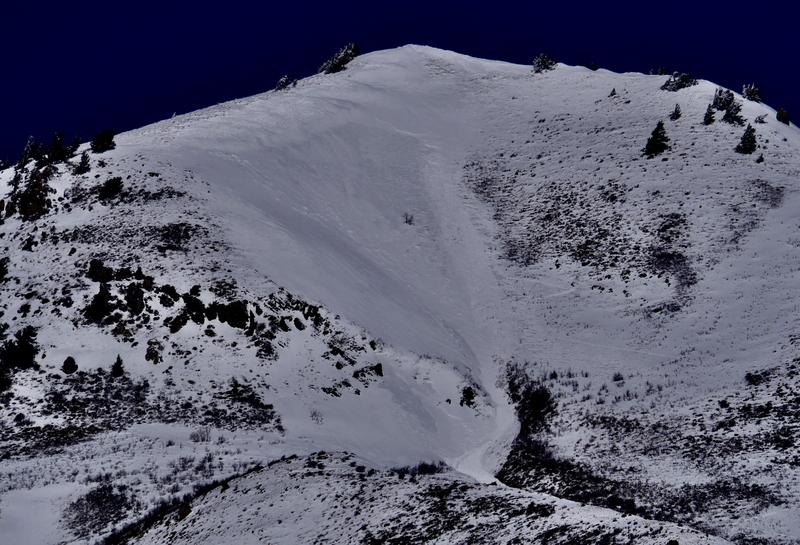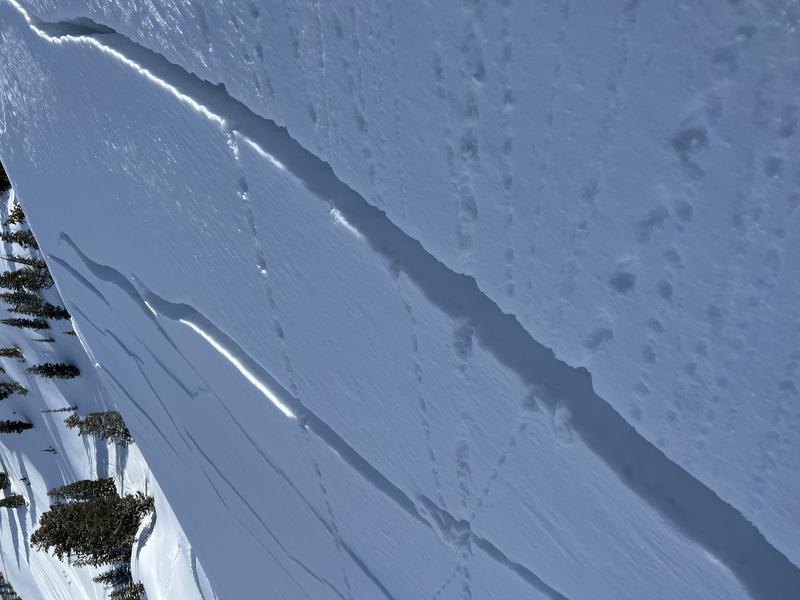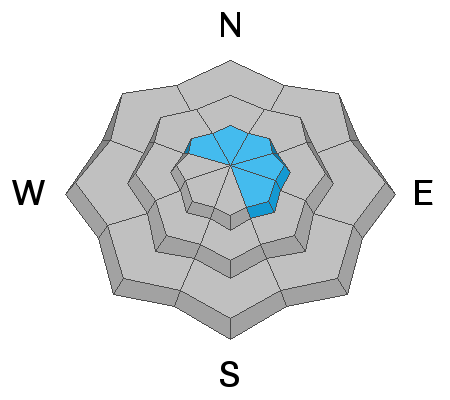Forecast for the Logan Area Mountains

Issued by Toby Weed on
Wednesday morning, March 16, 2022
Wednesday morning, March 16, 2022
Areas with CONSIDERABLE danger exist at upper and mid elevations on slopes facing northwest through east. People could trigger dangerous slab avalanches, up to two feet deep and a couple hundred feet wide, failing on a buried persistent weak layer of faceted snow. Avalanches could be triggered remotely or from a distance. Shallow human triggered avalanches of wind drifted snow are also possible on drifted upper elevation slopes steeper than 30°, and seasonal warmth will cause potential for loose wet avalanches of saturated surface snow in steep terrain.
*Careful snowpack evaluation, cautious route-finding, and conservative decision making are essential for backcountry travel.

Low
Moderate
Considerable
High
Extreme
Learn how to read the forecast here












